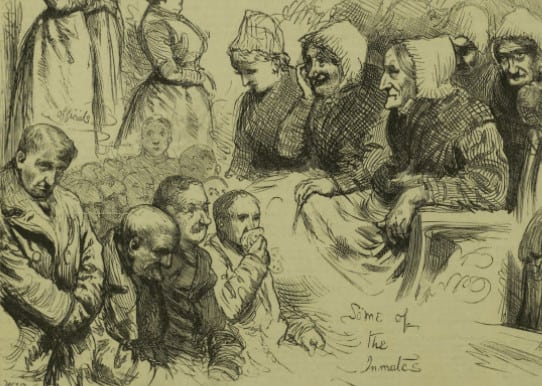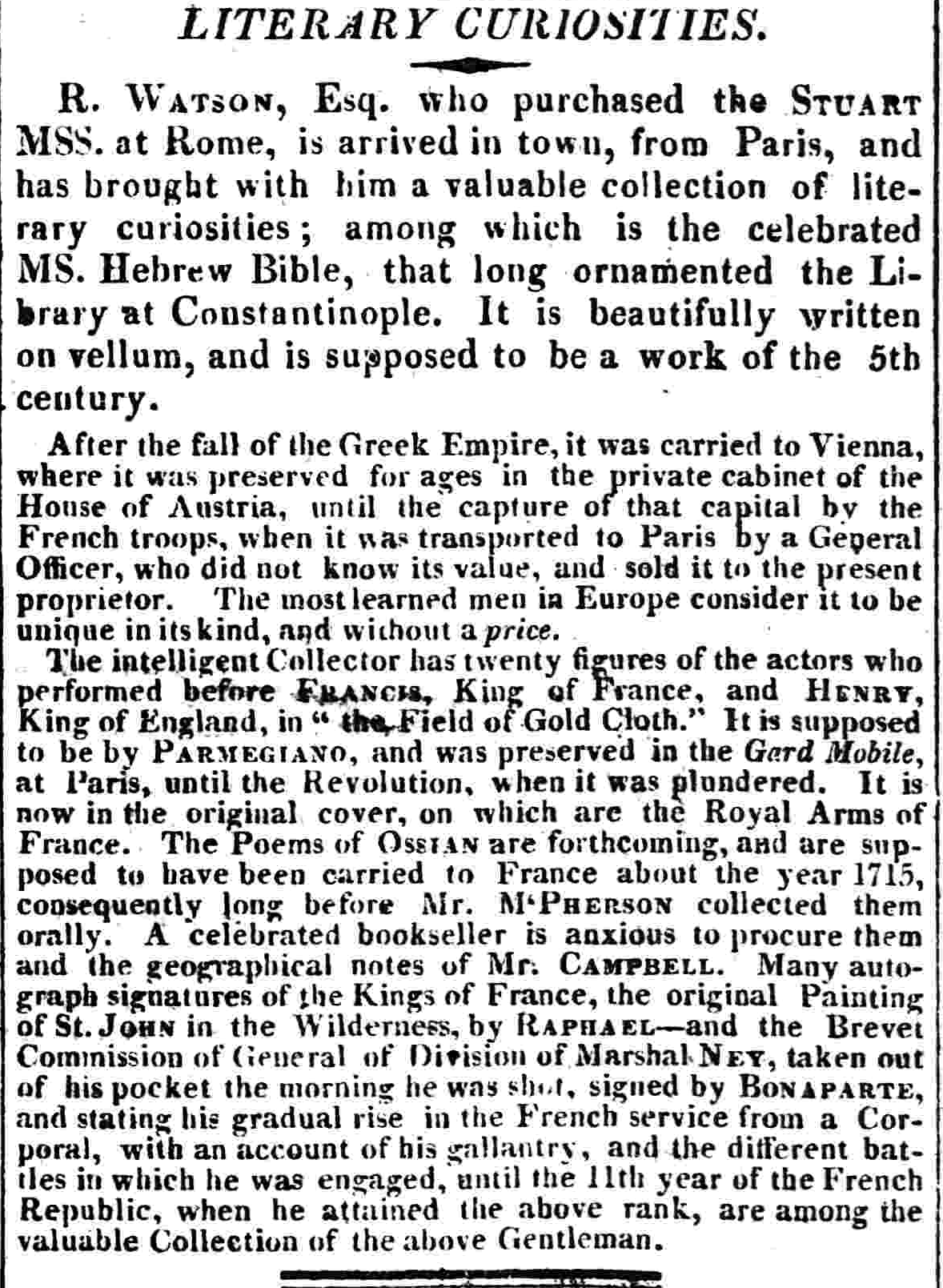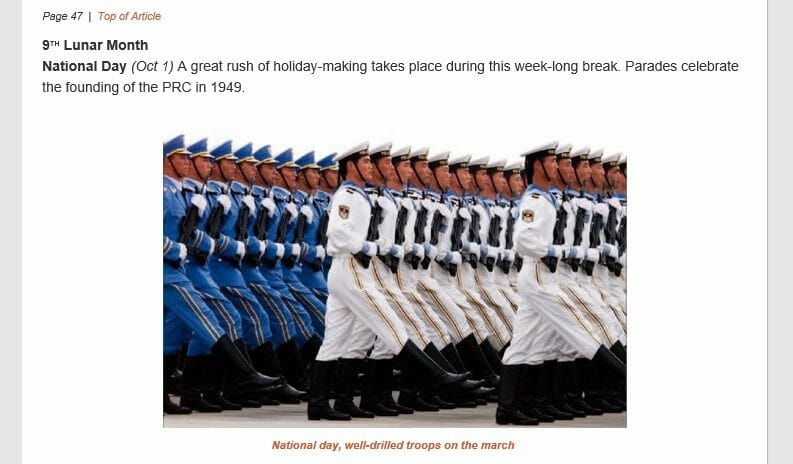by Rory Herbert
James Greenwood was an author of relative obscurity who came to fame abruptly following the publication of his serial A Night in the Workhouse in the 1860s by the Pall Mall Gazette. He soon found himself rising through the ranks of the Victorian social ladder and became one of the leading social commentators of his age. This revolutionary piece saw Greenwood experience the conditions of a workhouse firsthand in one of the first examples of investigative journalism. Yet, while his work was quickly adopted by social reformers and critics alike, it seems the author himself was somewhat less interested in the people he claimed to support and, instead, focused on appealing to a wider audience.




